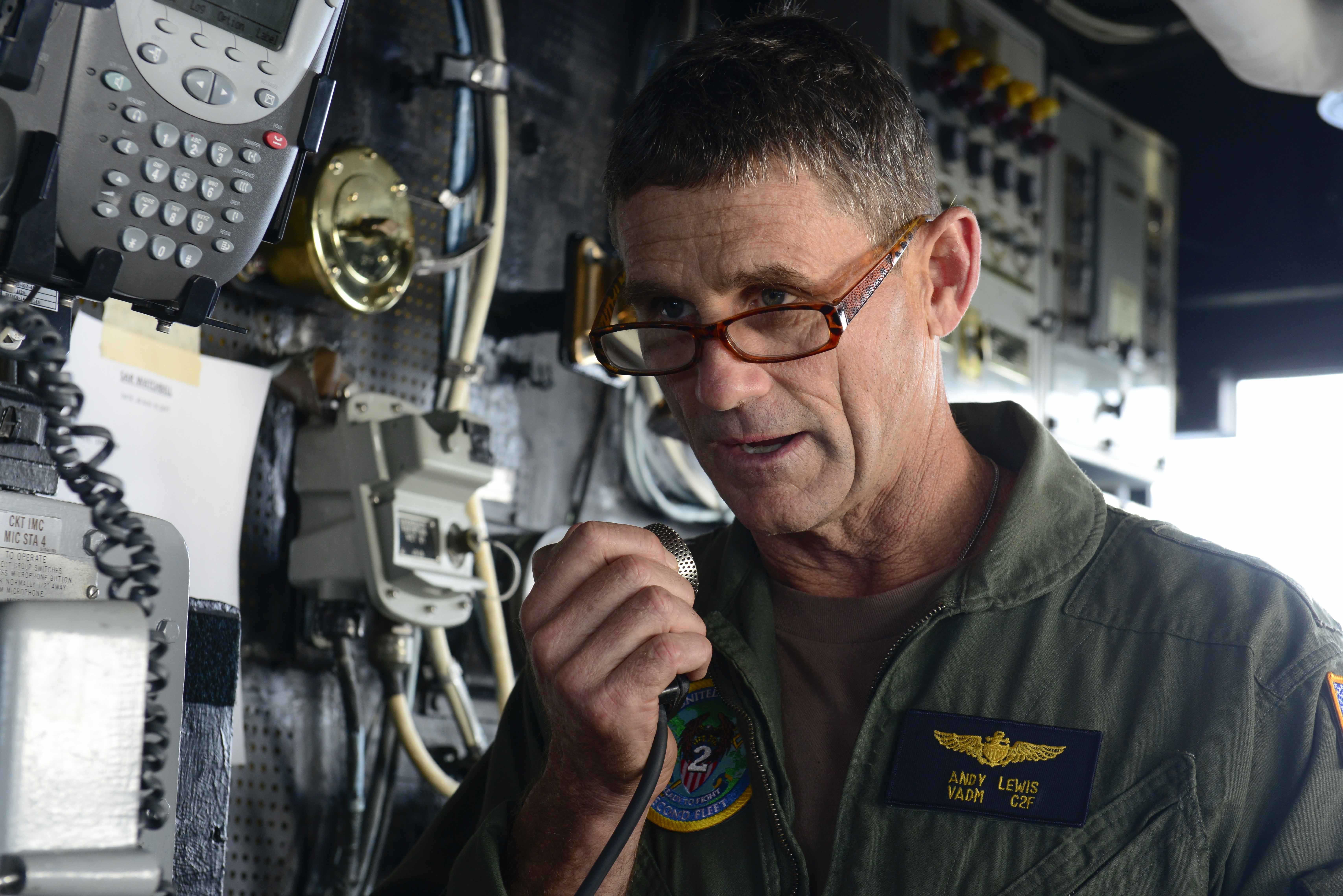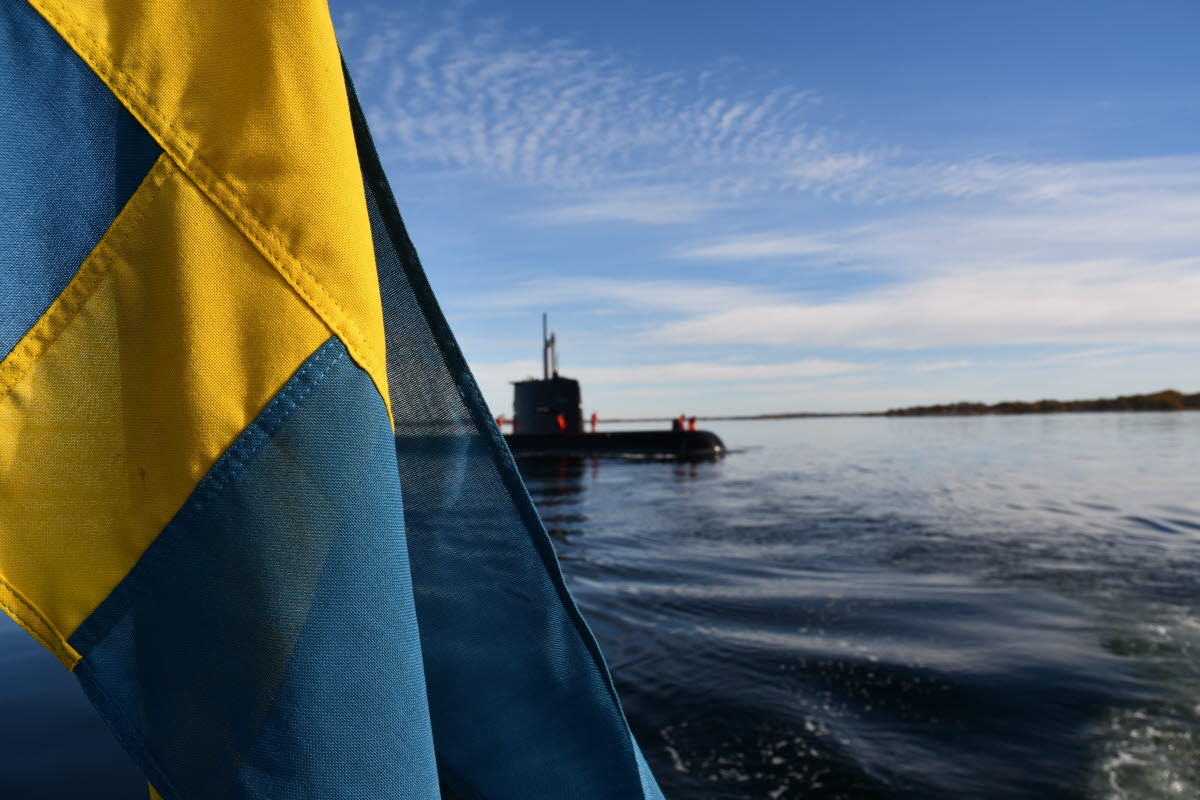U.S. 2nd Fleet Kicks Off BALTOPS 2019
THE PENTAGON – A massive U.S.-led NATO and European partner exercise is kicking-off near Russia in the Baltic Sea and led by the Norfolk, Va.-based U.S. 2nd Fleet.
This year’s BALTOPS involves ships, aircraft and 8,500 personnel from 18 NATO and European partner nations, U.S. 2nd Fleet commander Vice Adm. Lewis told reporters on Friday. This is the first exercise conducted under the leadership of reestablished 2nd Fleet, which was declared operational last week.
Lewis and Burns do recognize there’s a possibility for Russian interference and said BALTOPS plans for such theoretical interactions. For instance, while the U.S. did not send an aircraft carrier to the exercise, and doesn’t plan to in the future, Lewis said Spain contributed an amphibious assault ship carrying Harrier jets and similar in design to the U.S. Navy’s Wasp-class. This ship can provide air cover to the exercise, Lewis said.
“I don’t see that as a provocation, but I do consider it to be a contribution to deterrence,” Lewis said of the Spanish ship. “We are very aware of the difference between deterrence and provocation, and we’re not interested in provoking anyone.”

 news.usni.org
news.usni.org
THE PENTAGON – A massive U.S.-led NATO and European partner exercise is kicking-off near Russia in the Baltic Sea and led by the Norfolk, Va.-based U.S. 2nd Fleet.
This year’s BALTOPS involves ships, aircraft and 8,500 personnel from 18 NATO and European partner nations, U.S. 2nd Fleet commander Vice Adm. Lewis told reporters on Friday. This is the first exercise conducted under the leadership of reestablished 2nd Fleet, which was declared operational last week.
Lewis and Burns do recognize there’s a possibility for Russian interference and said BALTOPS plans for such theoretical interactions. For instance, while the U.S. did not send an aircraft carrier to the exercise, and doesn’t plan to in the future, Lewis said Spain contributed an amphibious assault ship carrying Harrier jets and similar in design to the U.S. Navy’s Wasp-class. This ship can provide air cover to the exercise, Lewis said.
“I don’t see that as a provocation, but I do consider it to be a contribution to deterrence,” Lewis said of the Spanish ship. “We are very aware of the difference between deterrence and provocation, and we’re not interested in provoking anyone.”

U.S. 2nd Fleet Kicks Off BALTOPS 2019 - USNI News
After Russian forces unsafely interated twice with U.S. Navy ships and aircraft, a massive NATO and European exercise kicks-off in Russia's neighborhood

